Warping time
Photography has been a rollercoaster journey for me. While it had a beginning, I don’t see the ending. A permanent struggle to find my identity. A true reflection of my own personality.
It all started with a hitchhiking trip through Europe at the age of 20. My parents gave me 100$ to buy a point-and-shoot camera to bring back records of my journey. I have never left my home without a camera since then. Photography became my identity among my family, my friends, and my colleagues.
After leaving my native Hungary at the age of 18, my studies and my corporate career took me to many different countries such as Russia, Croatia, the United States, and Germany, where I currently live with my wife and two teenage children.
As much as I like my job, which I am also very beholden for allowing me to travel the world, my real passion has always been photography. I had the privilege to travel to most countries in the Americas, Europe, and some in Asia.
I received my formal photography education from the New York Institute of Photography, where I obtained the certificate in graduation in professional photography in 2007. My studies at NYIP introduced me to various genres of photography. What most attracted me back then was portrait photography.
I even considered starting a career as a professional photographer and tested the waters of wedding and family portrait photography. I should not say I did not enjoy it. Still, somehow the notion of doing something according to a client’s demands rather than by my own artistic inspiration was blocking me from pursuing a career in photography.
Later as I had the opportunity to travel a lot, I explored a mix of street and travel photography. But as I never stayed long enough in a place, I had to live with limitations. My business trips usually allowed me only a few hours of a window to walk the streets of Paris, London, Buenos Aires, and other big cities. Nonetheless, I managed to bring back many cherished memories in the form of photos.
Between my trips, I watched my children grow, and as they started to play sports at a young age, I aimed my camera at whatever they were doing on the field. At the same time, my photography contribution to fellow parents and amateur sports clubs’ community gave me a sense of self-fulfilment.
Trying various genres confirmed that photography can be as complicated as we humans are. Every genre has its place and purpose. If portrait and sports photography is part of our social life, landscape photography connects to our inner soul and nature.
The different genres provide me with a very distinctive experience; there are moments where I need company, and there are moments when I want to be alone.
Landscape photography intends to retreat from our accelerated lifestyle, a moment of meditation, a timeless state of mind. It is almost as a spiritual experience… or maybe it is, as it unites me with nature and the universe. It slows me down and lets me appreciate the process itself and the eternal beauty of our world at the same time. My subjects’ choice, whether they are natural wonders or old castles, and the simplification through black and white abstractions present me with a sensation of warped time.
Street and sports photography are fast and focus on the moments. It does not let me really experience the reality; how many times it happened to me that someone asked if I saw that great goal? I always answered I did not see it, but I have a photo of it.
Landscapes and nature let me relish the reality; I don’t travel to a location to take photos only. I go there to savor it with my own eyes and eventually also bring back memories to share with my family, friends, and readers like you.
That brings me to the technical side of photography: what is my ideal way of capturing the world? I never forget one of the most important things I was taught during my studies at NYIP; “… a good photograph has a theme, focuses attention and simplifies…“. In landscape photography, I believe all three requirements are essential. While the theme is a matter of choice, the other two are up to your skills as a photographer. Black and white photography is a powerful medium for simplification.
Earth has an abundance of colors, and while they could create enjoyable visual effects, they most of the time show nature as you see it with your own eyes. Take the colors away, and you can reduce the scene to its bare essence, light and dark, texture. Eliminate the chaos. For me, this is a critical element of simplification.
I started photography in the analog era, and for a long time, I held in the superiority of analog photography. As a matter of fact, I could never abandon it, even today, I use film cameras. I do so whenever I feel like it, with no logical reason, just emotions.
RIGHT: Fuji GFX50R . Fuji GF32-64mmF4 @64mm . f/11 . 1/125″ . ISO 400 – Winter
I often use an analog camera, not so much for the result but just for the process. I enjoy loading the film, developing my black and white negatives, and the fact that I can hold the outcome of the process in my hands. I appreciate doing something that is of the old times.
I have used the Leica M and the Nikon F systems for many years; currently, I still own the Nikon FM3A film camera and a set of manual focus prime lenses. I can use them on my Fuji cameras as well. Speaking about other film gear, if I could have only one request to Fujifilm, I wish they brought back the GF670 film camera; I had it in the past and enjoyed using it very much.
At the same time, I am also intrigued by the technological advances in digital photography. Particularly in landscape photography, I am glad to rely on “the latest and greatest.” Since digital photography came into existence, I have tried and used many brands and formats, such as micro four-thirds Olympus, APS-C Nikon, and Fuji X and full-frame Canon, Nikon, and Leica cameras.
I am convinced that today digital sensor technology and lens design reached a point where every brand can produce astonishing photos. The only differentiator is how I, as the operator, connect with the tool to achieve my purpose, my ergonomic and emotional responses to the equipment. Is it easy for me to use it, and do I enjoy using it?
RIGHT: Nikon Z 7 . f/8 . 72″ . ISO 64 – Soroa Cuba
As much as I love the image quality of full-frame Canon and Nikon cameras, I never felt using front or rear dials on the camera intuitive when I want to change shutter speed or aperture. As much as it is a joy to hold and use a Leica (not mentioning the shutter sound of an analog Leica), my aging eyes are not always up to the challenge of the manual focus.
I was an early adopter of the Fuji X system. I have gone through the X-Pro1 and X-Pro2, X-H1, X-T1,2,3, X-E1, and X100T and X100F.
I concur very much with the Fujifilm product strategy; I remember one of their executives saying something like we should not consider full frame as a reference point. For me, the Fuji X and GF combination provides everything I need for my digital photography needs. In Fuji X’s early years, I was a bit concerned about investing in a system with lenses that I can’t mount on a film camera. Still, since I discovered how well I can use the legacy Nikkor Ai-S lenses on both X and GFX systems, I don’t mind having two sets of lenses. Well, in fact, it is three sets as recently I also invested in the GFX system.
As I do more and more landscape work, I wanted to have a larger format camera to capture as much detail as possible. The GFX files provide me with much more flexibility to work with, both in resolution and tonal range. I also prefer much more the GFX frame ratio to the classical 35mm format for landscape photography. I own the GFX50R camera and three lenses, the GF 32-64mm, GF 100-200mm, and the super wide-angle 23mm lens. In the Fuji X format, I use the X-Pro3 currently. My lens choice is minimalistic; I use the 23, 35, and 56mm prime lenses.
The two formats complement each other very well. They are almost identical in terms of the user interface. While I grab the X-Pro3 for portraits and casual photography of family and friends, the GFX is my primary landscape camera.
RIGHT: Fuji X-Pro2 . Fuji XF10-24mmF4 @10mm . f/8 . 1/800″ . ISO 400 – Forest with lake
I use Adobe Lightroom for my photo cataloging. But for black and white editing, I rely on the Iridient Developer raw engine or Silver Efex Pro for conversion, both as a plug-in to Lightroom.
The photos presented along with this article are the fruits of many years. They have clearly one thing in common, they are all black and white. But they also represent various stages of my photographic life, different places, and moods. As such, they do not necessarily belong to one theme or project, but they all manifest my photographic vision in the simplified way of black and white.
RIGHT: Fuji GF670 . Fuji EBC 80mmF3.5 . Ilford FP4 Plus 125 – Obersee in Bavaria
RIGHT: Fuji X-Pro3 . Carl Zeiss Touit 12mmF2.8 . f/8 . 1/250″ . ISO 160 – Odenwald
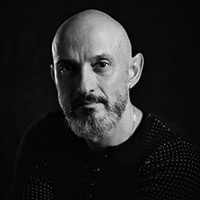
“Our universe is full of miracles and immense wonders. Whether it is the beauty of a human face, the tranquillity of a winter landscape, or the mystery of ancient worlds, it inspired generations of artists. Miklos uses photography to capture the world and express his emotional response to it. He currently lives with his wife and two children in South-west Germany. His primary focus is black and white landscape photography, but he is also passionate about other genres such as portraits, street, and sports.”

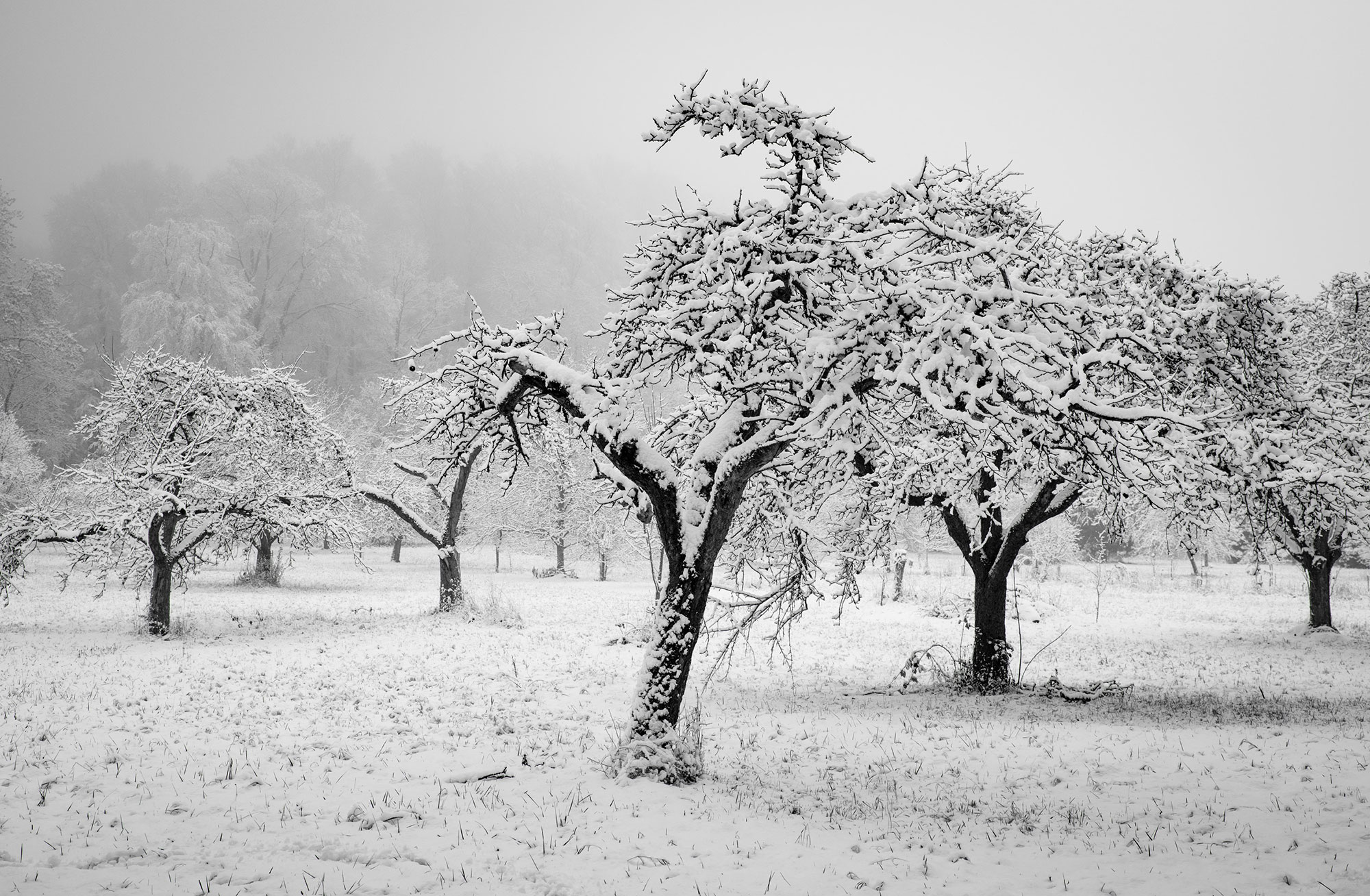
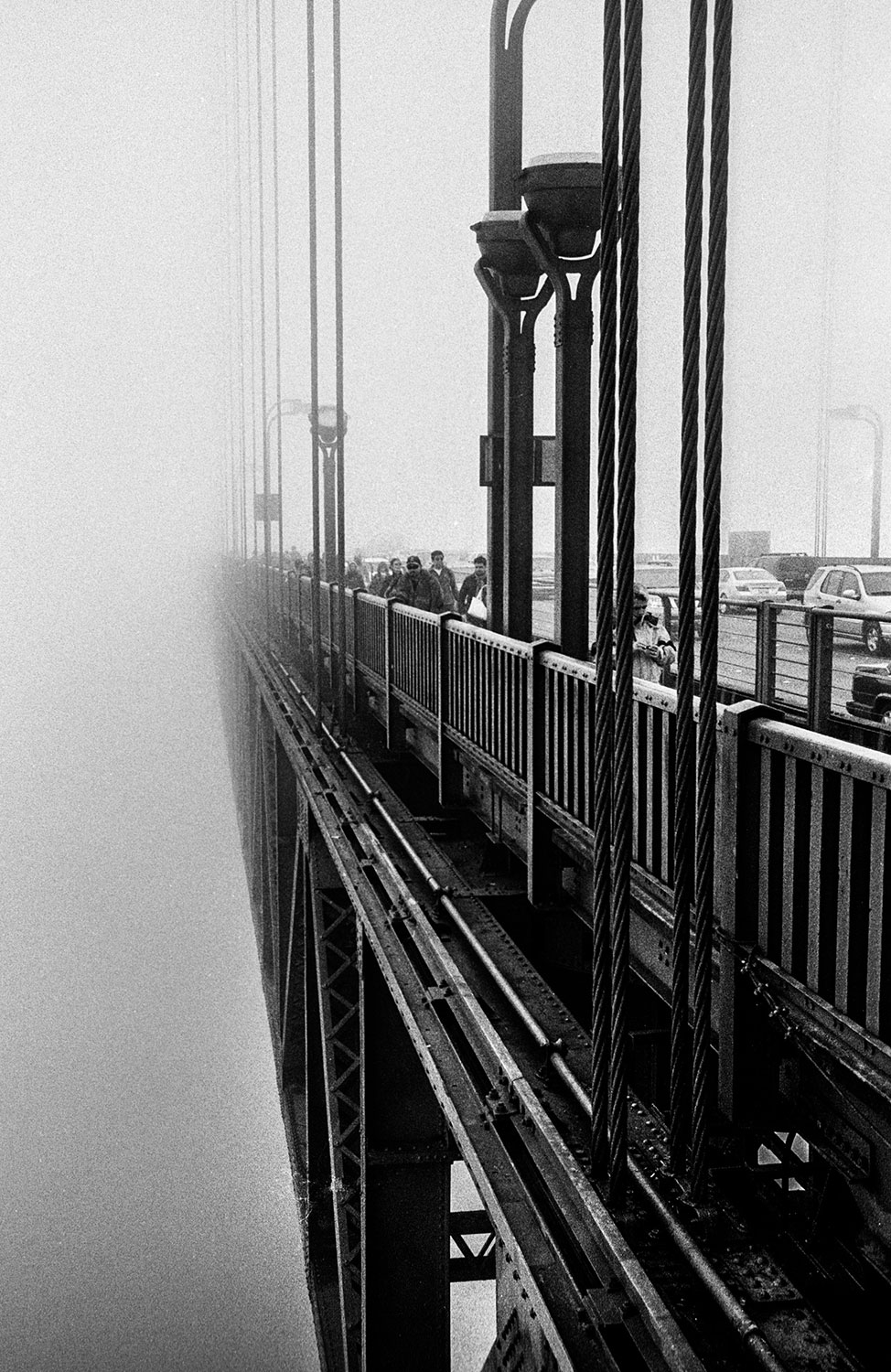
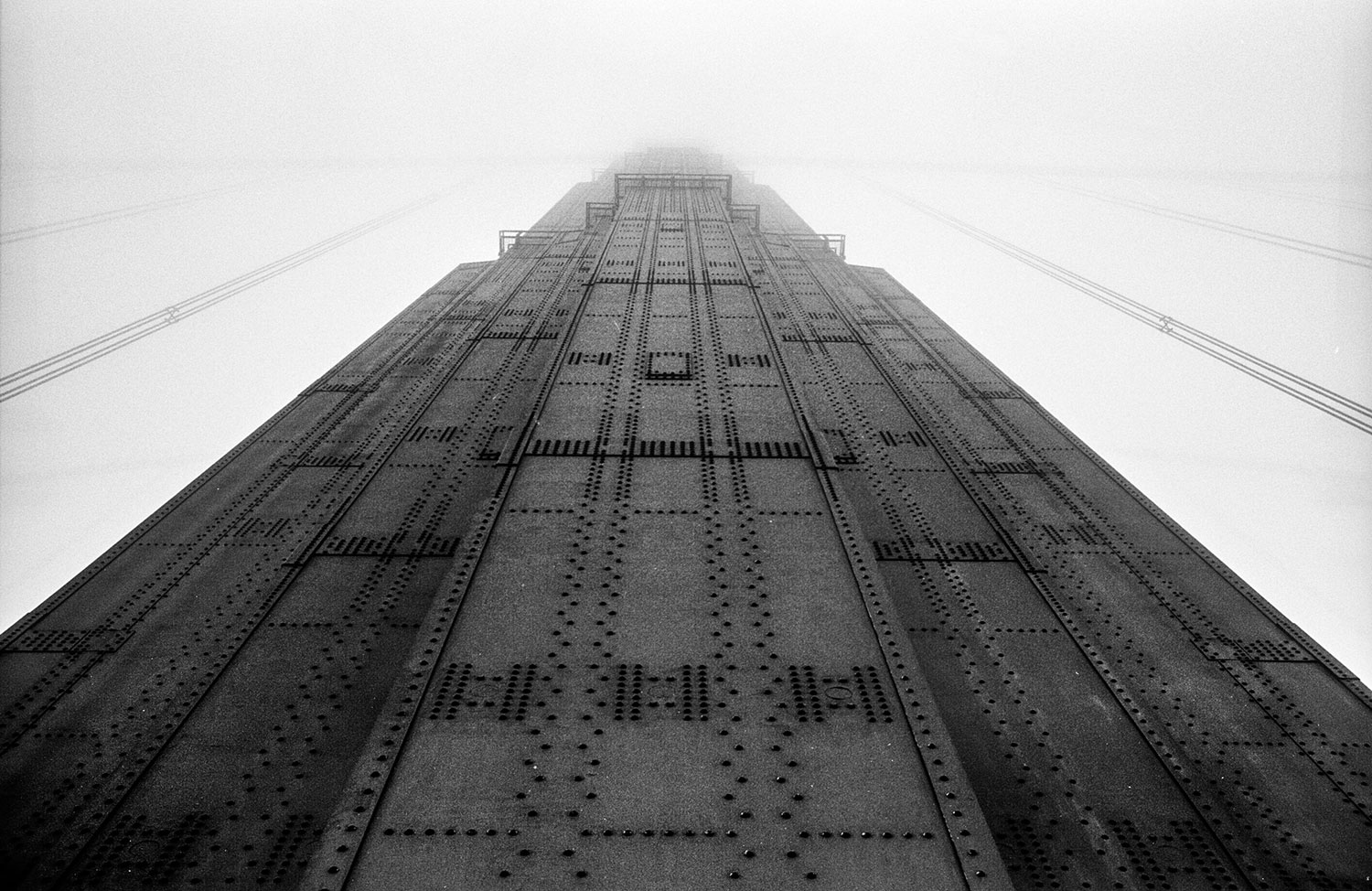
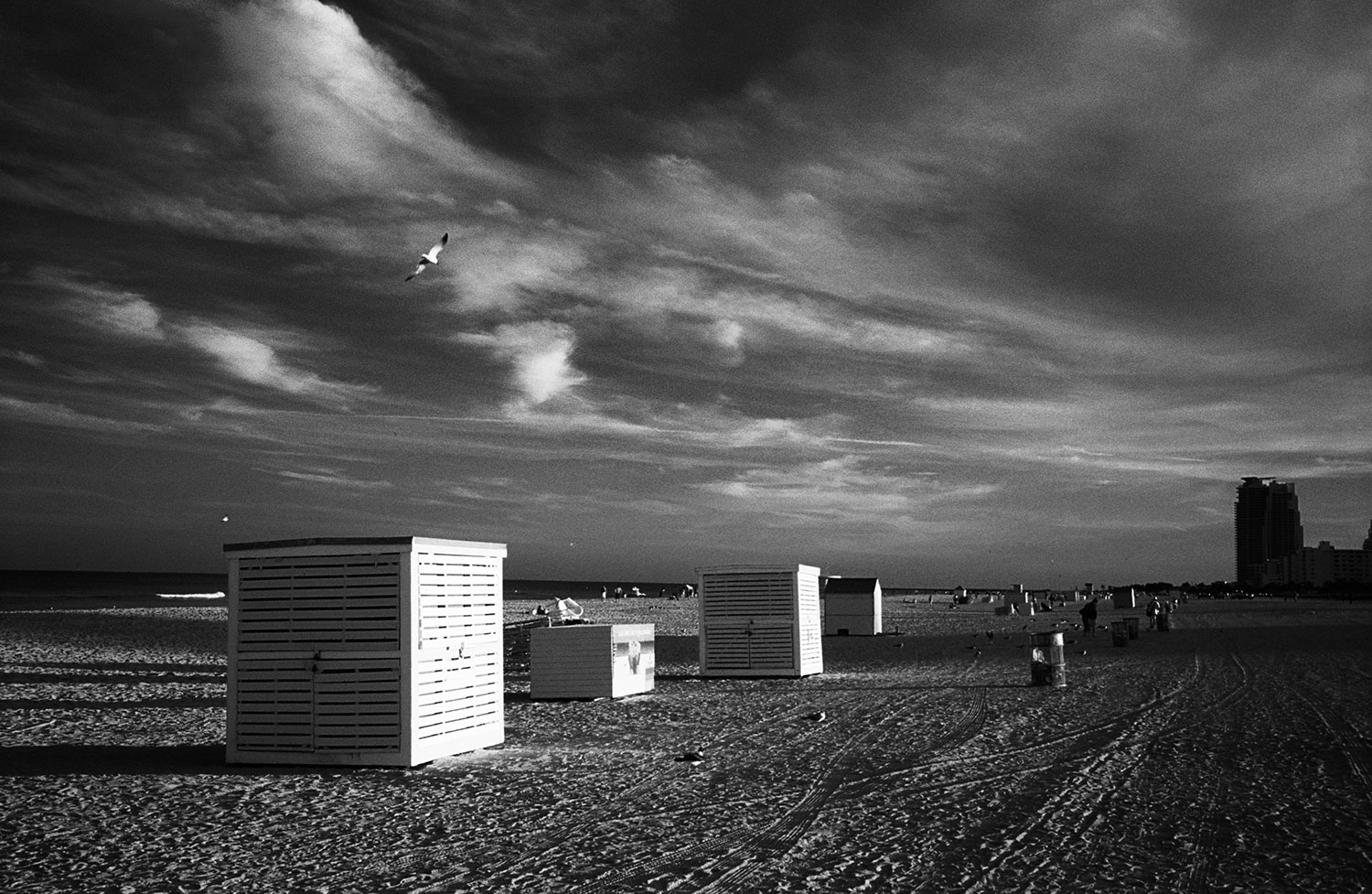
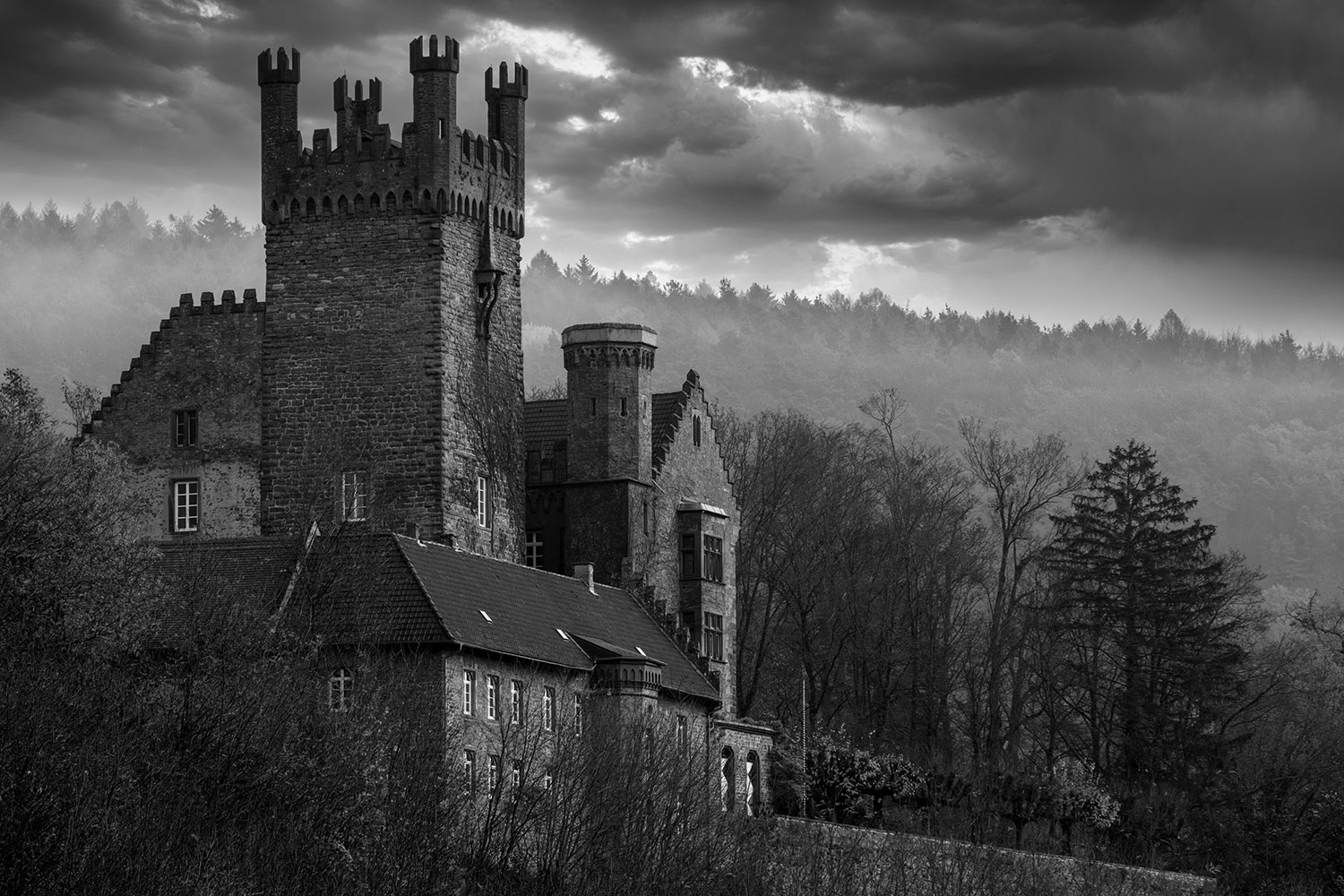
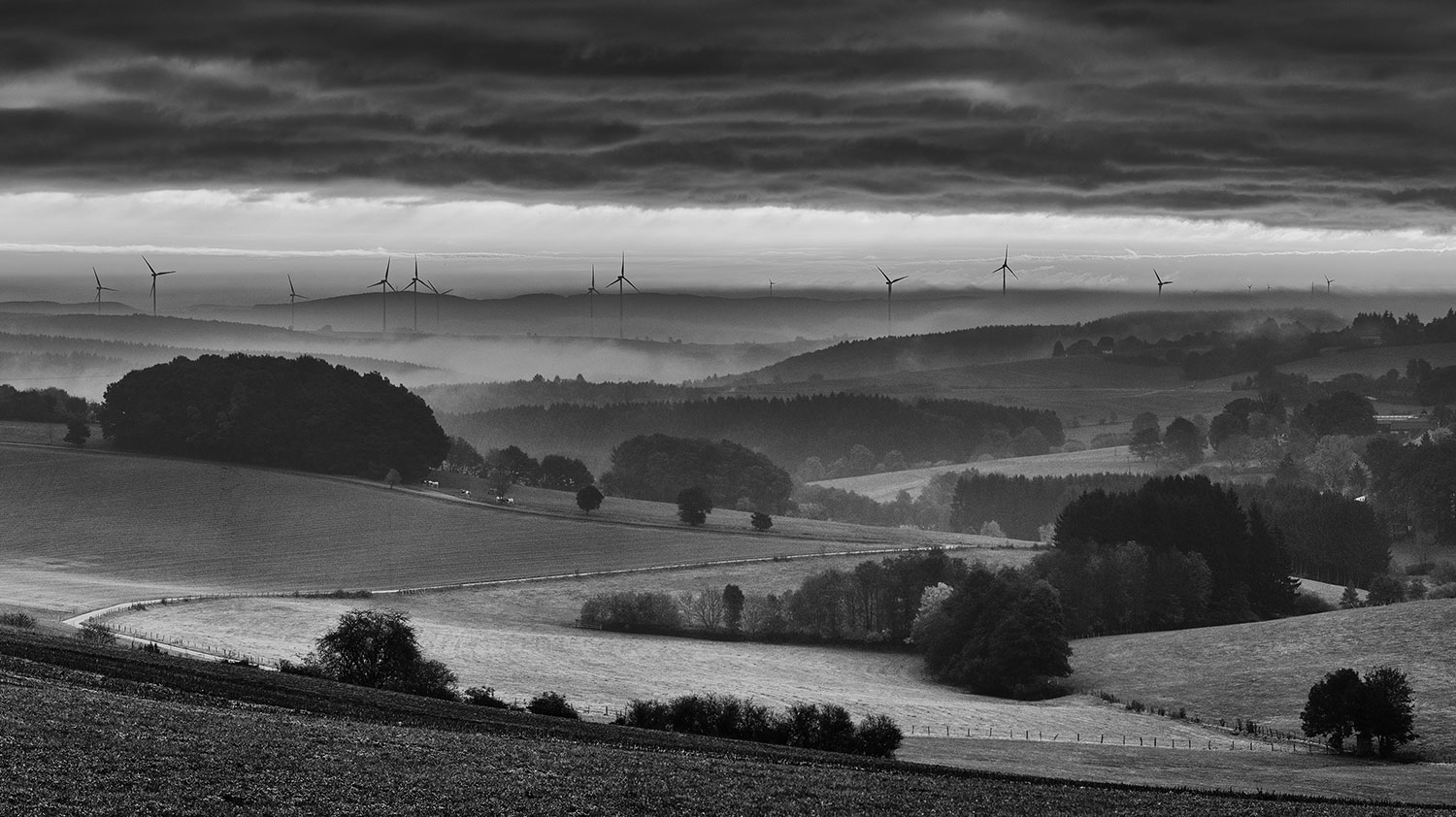
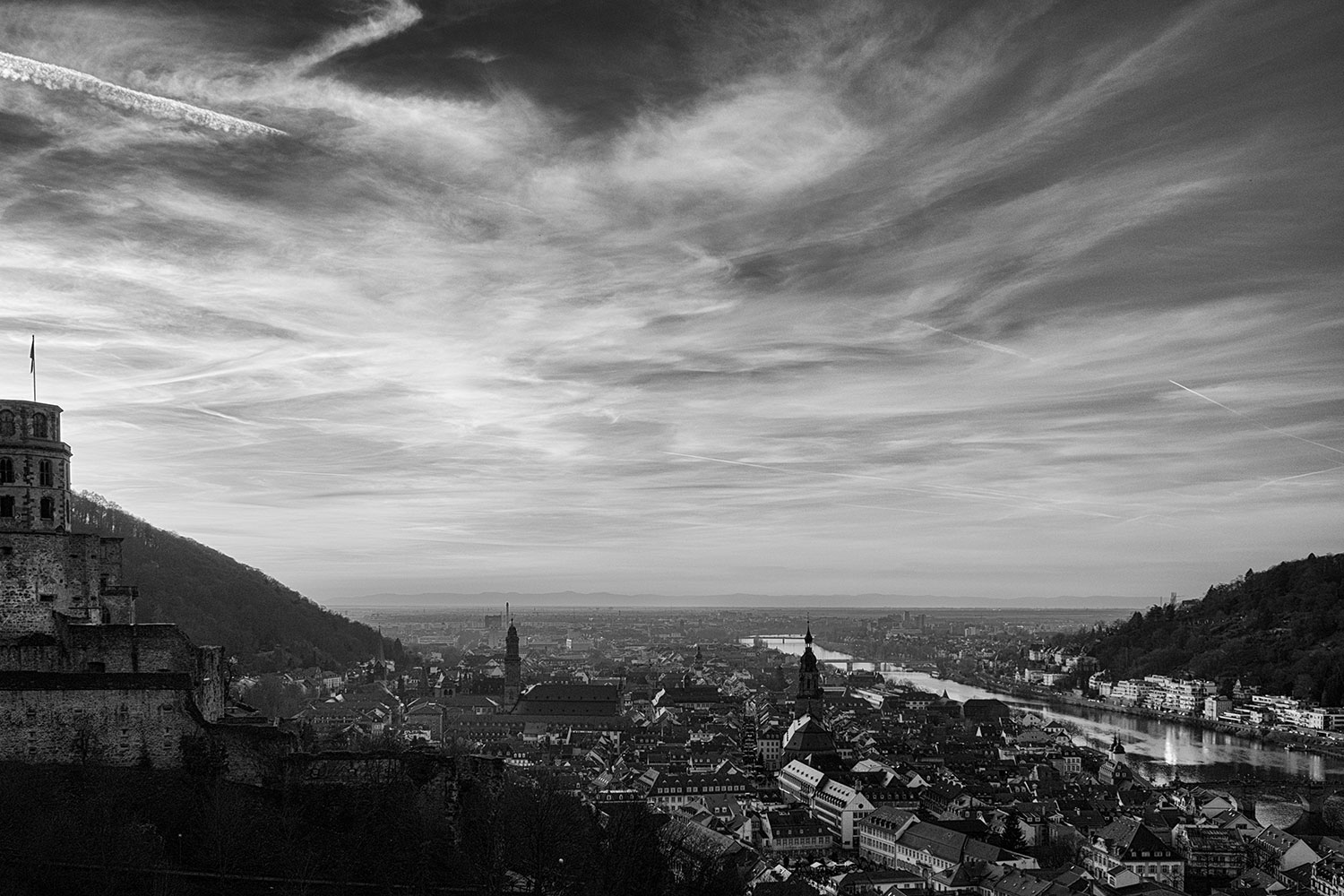

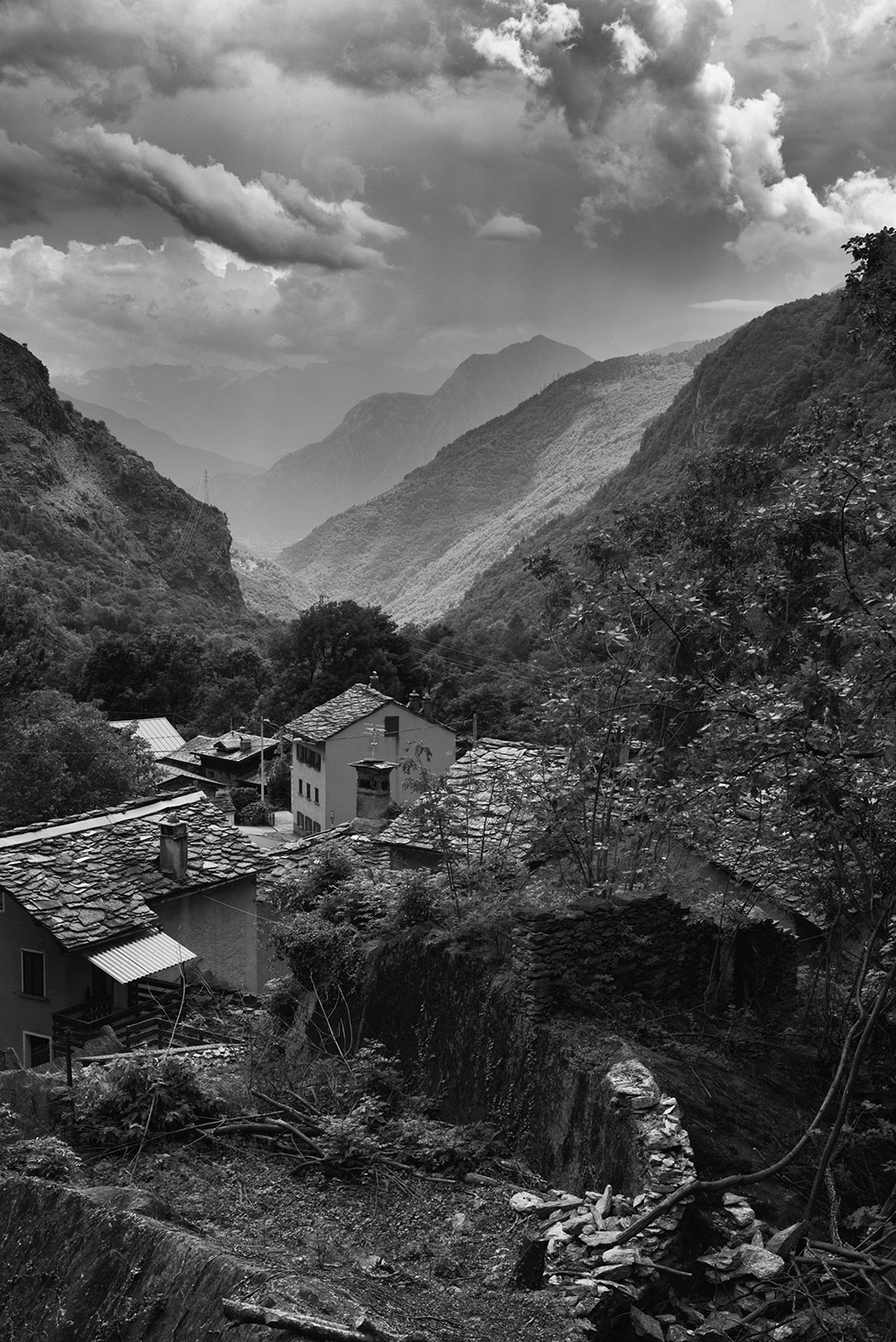
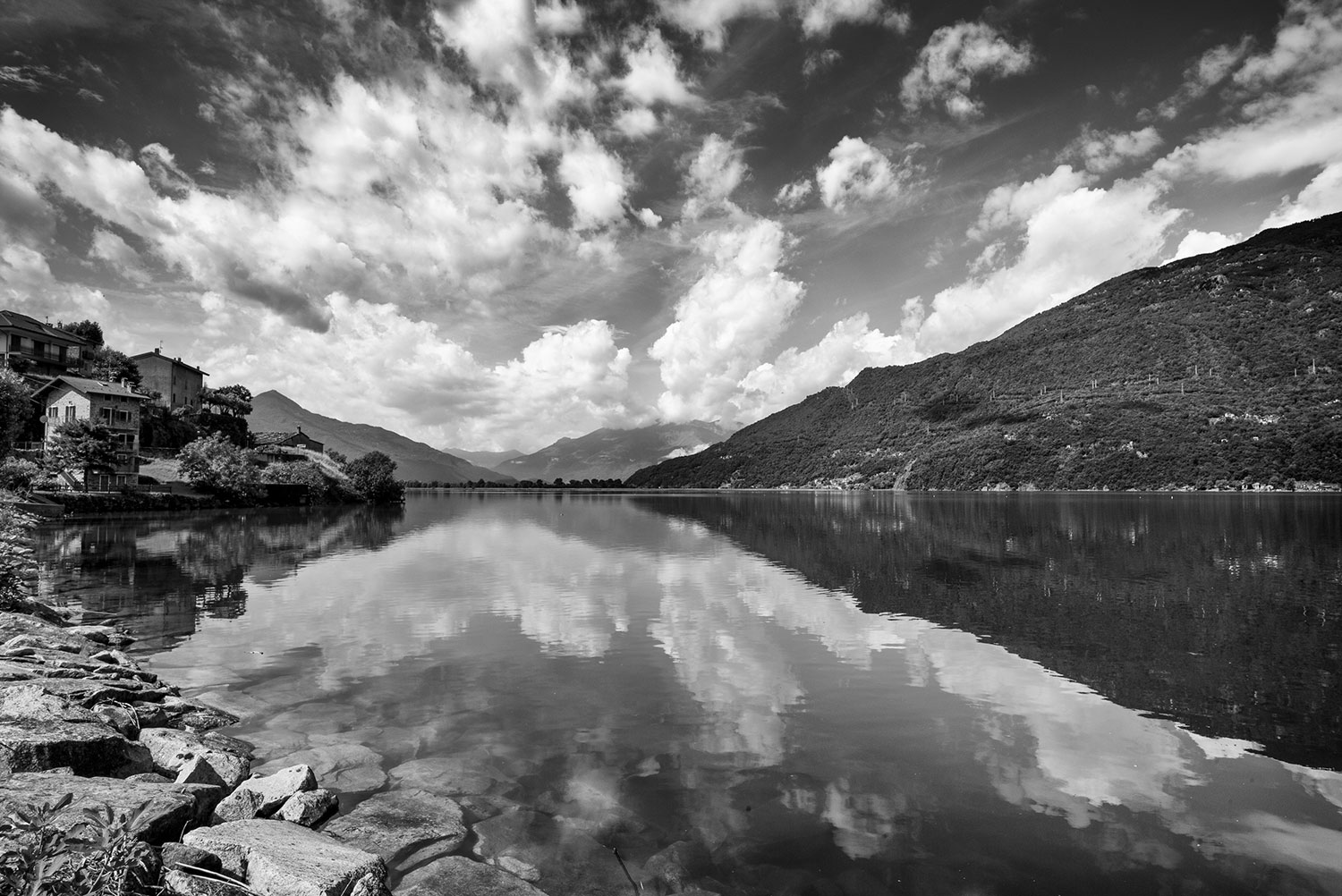
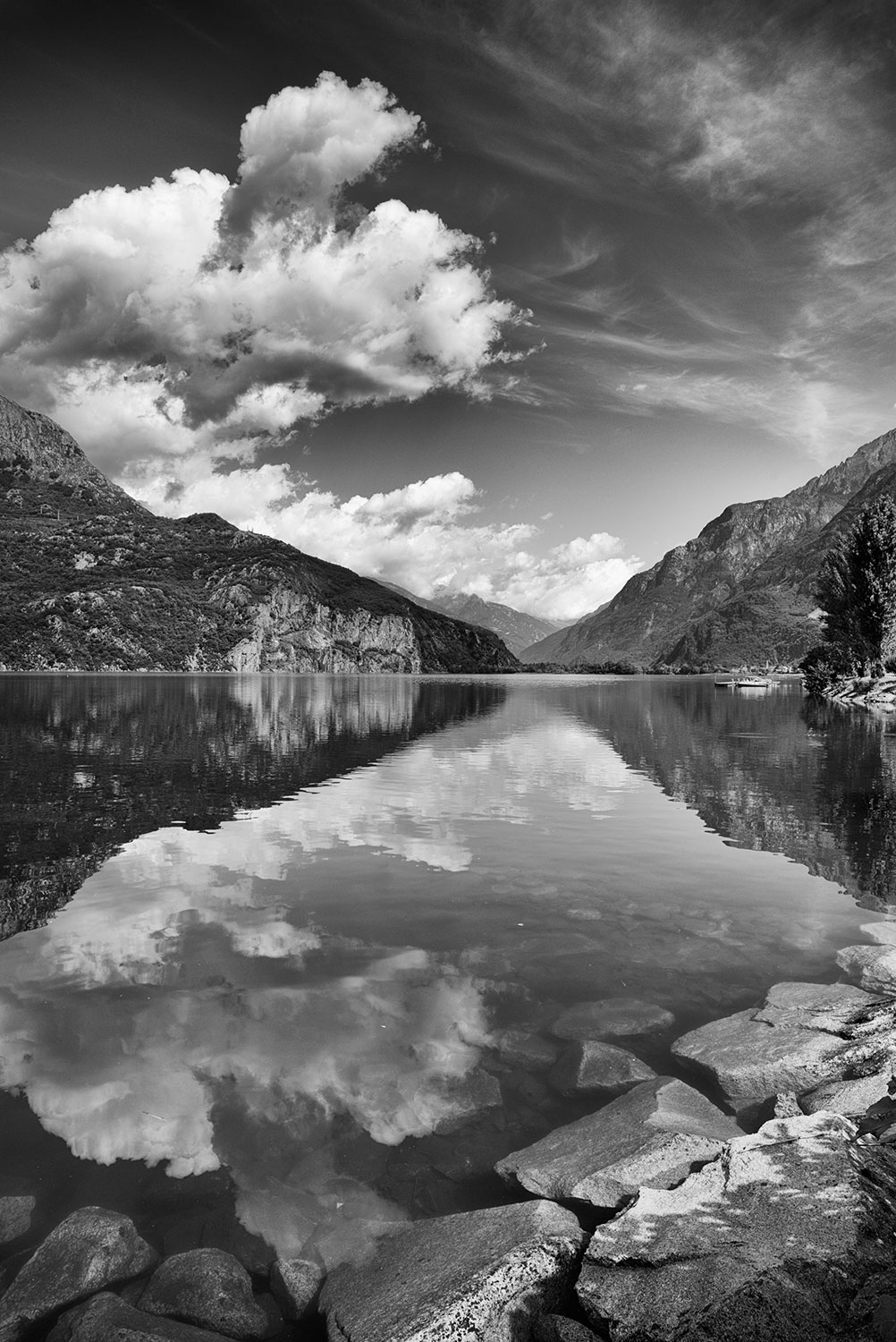
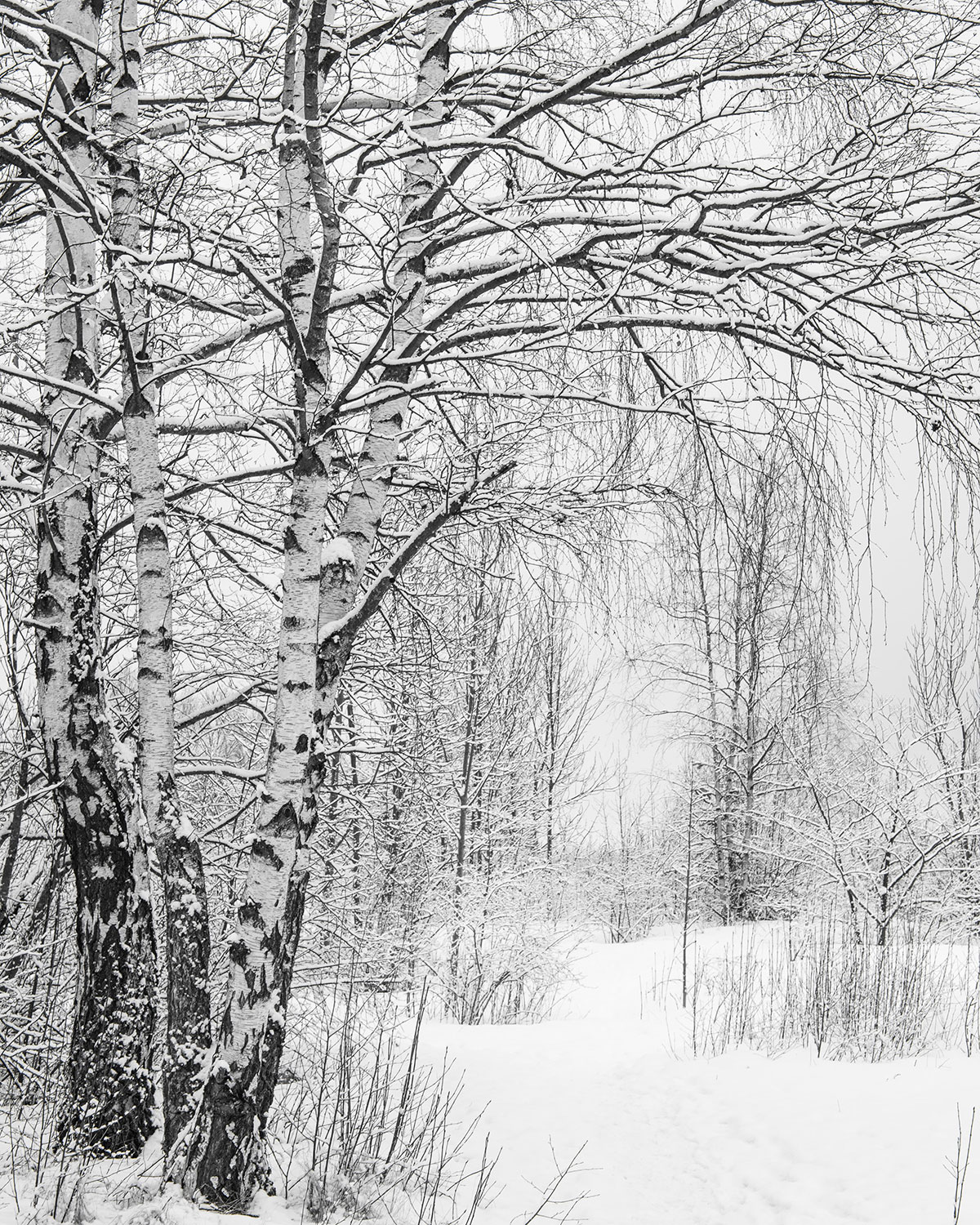

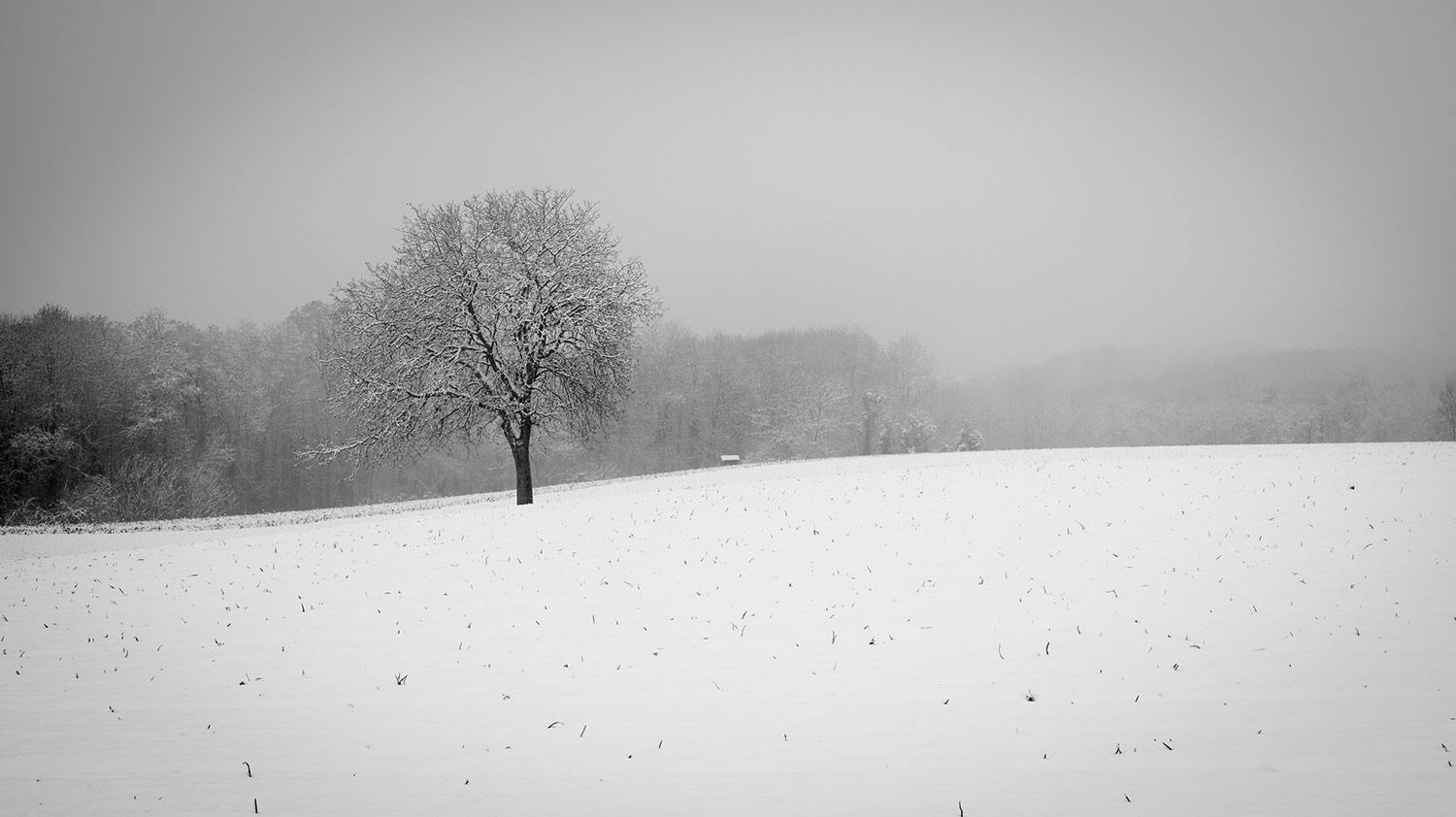
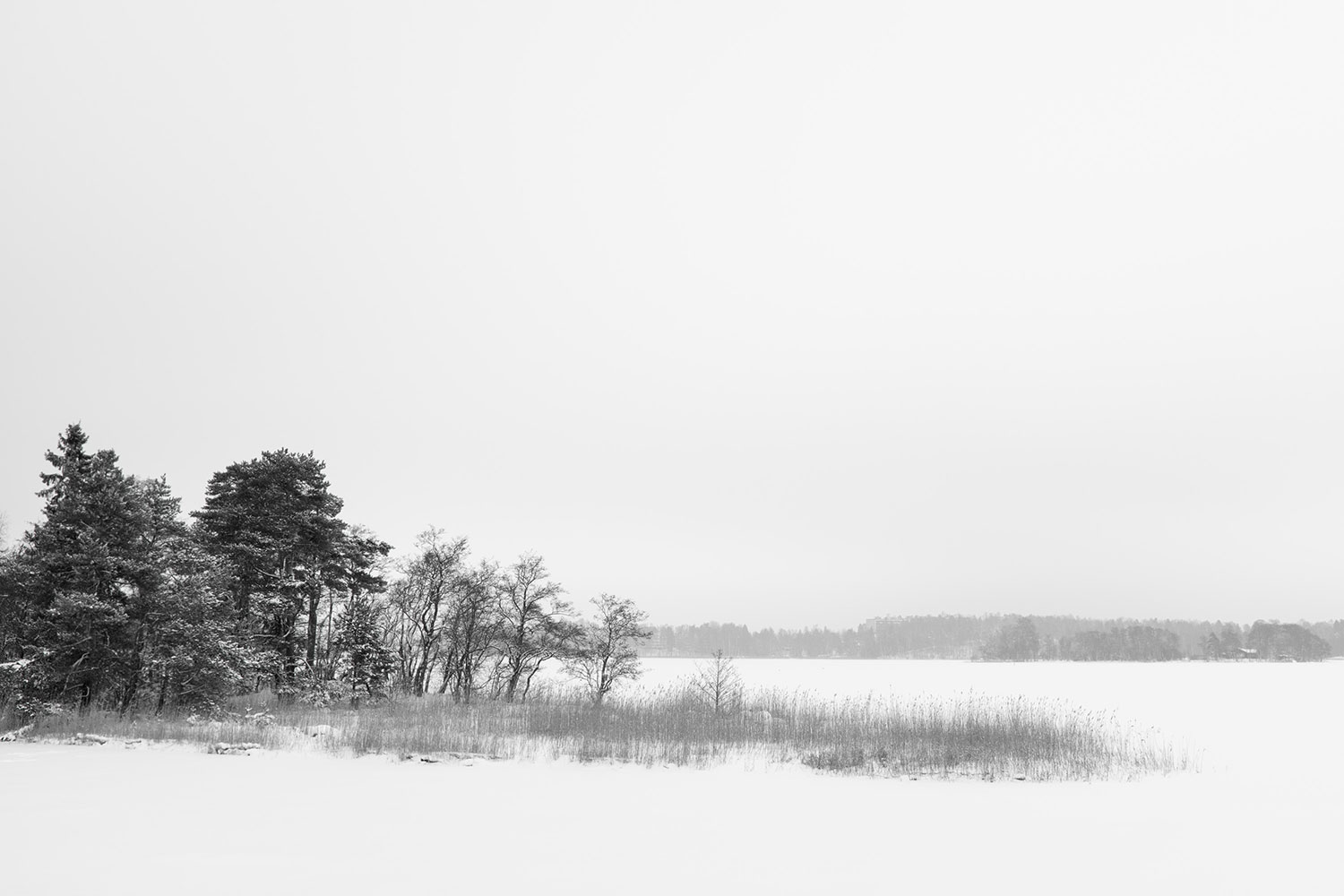

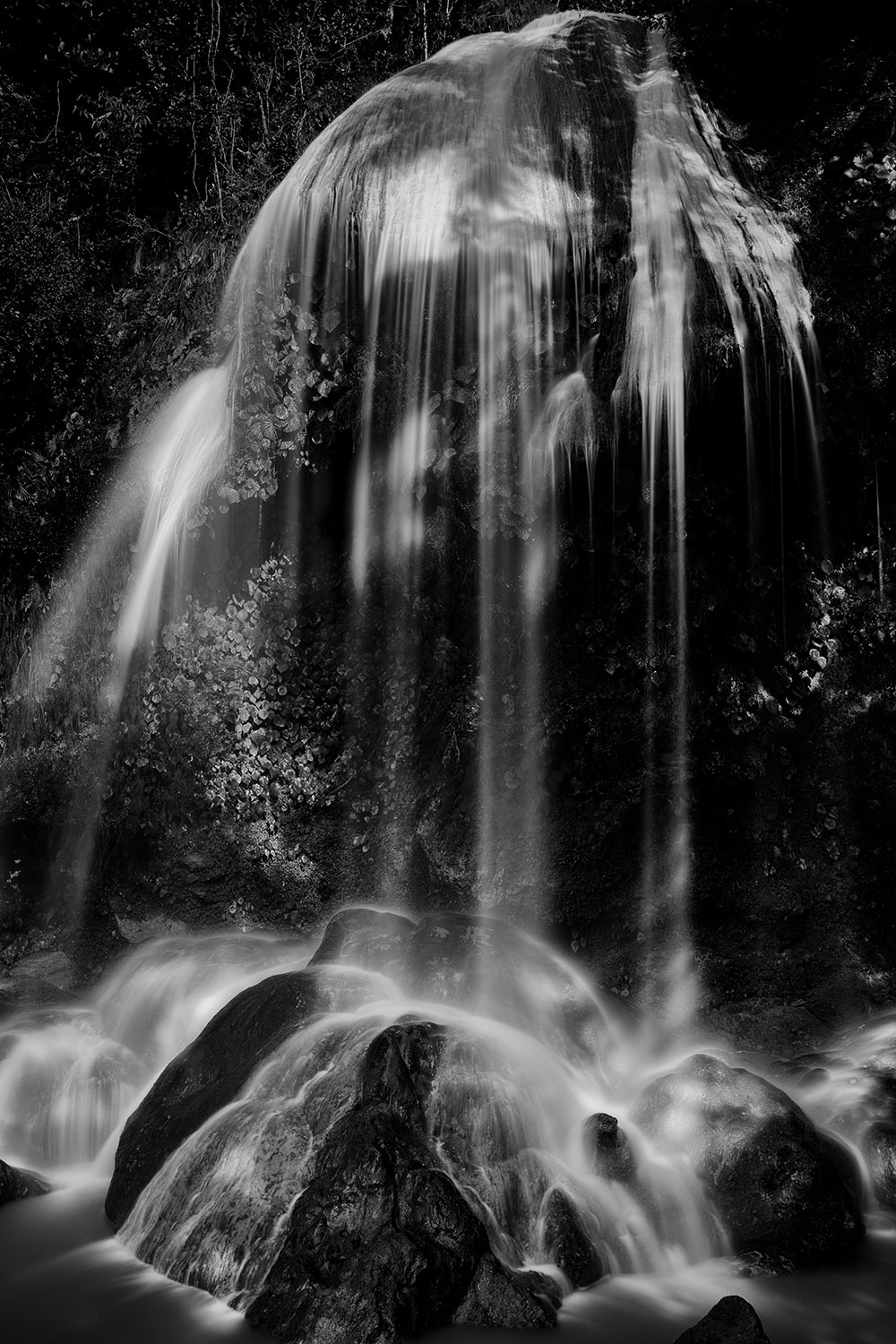
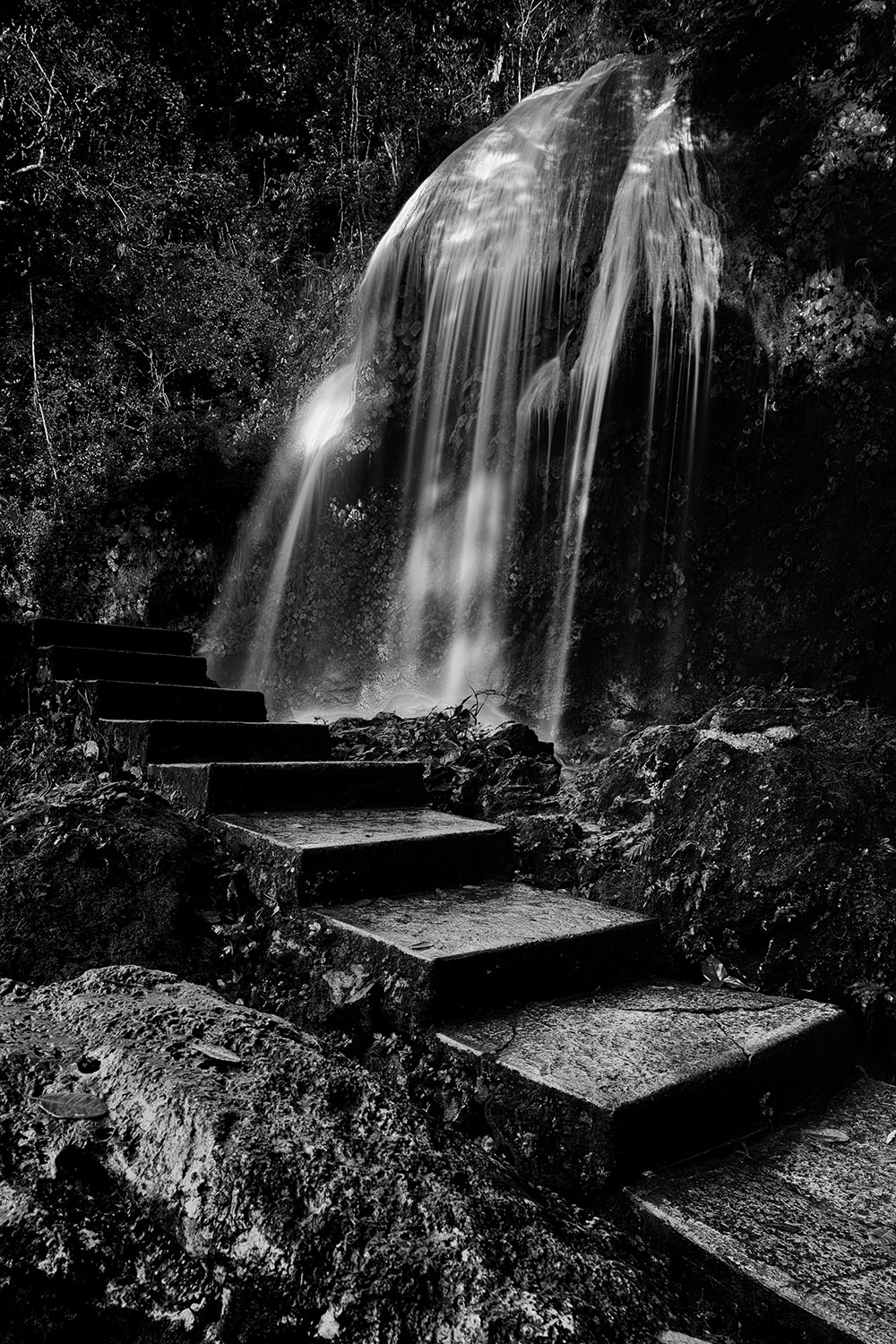
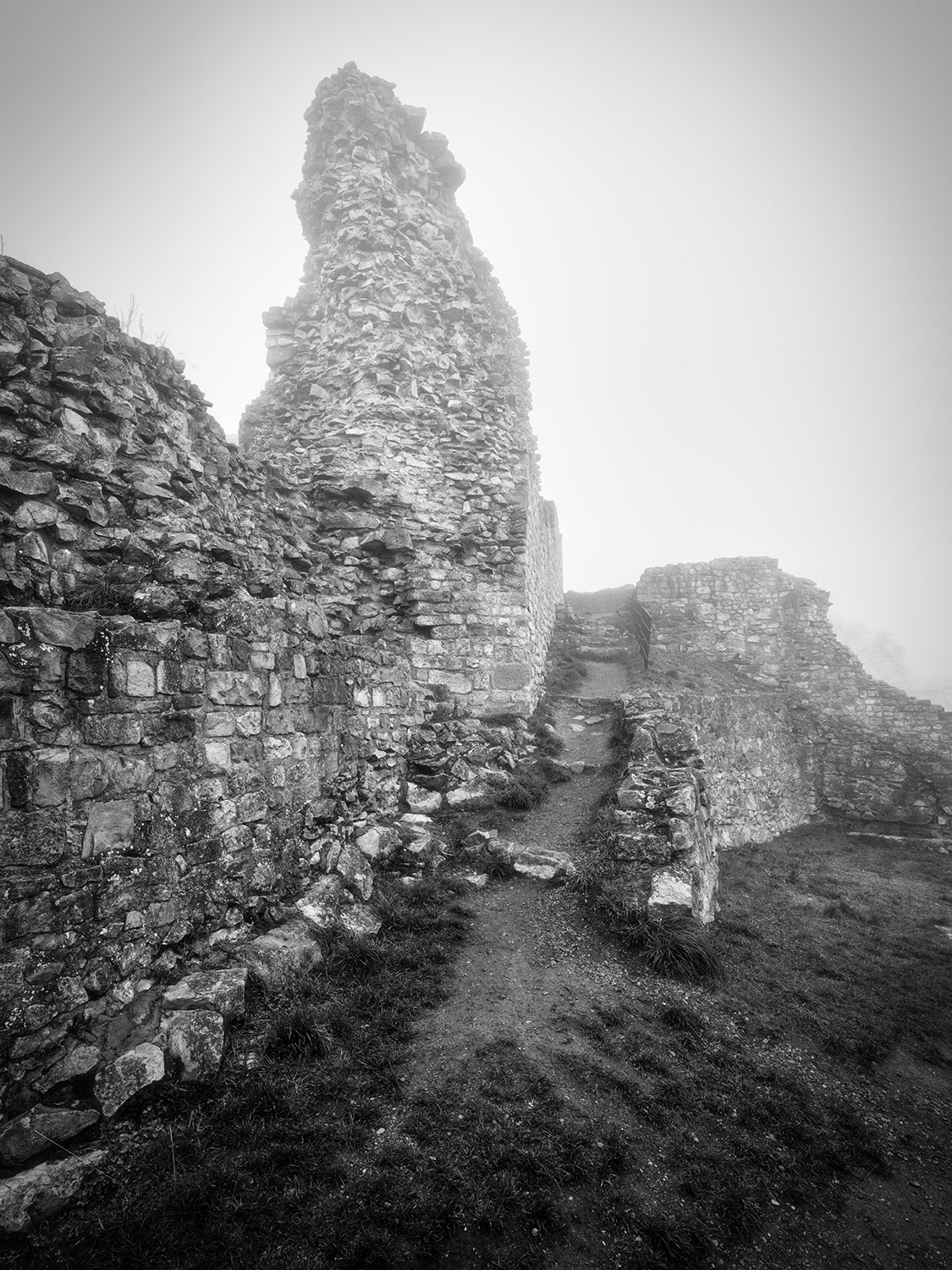

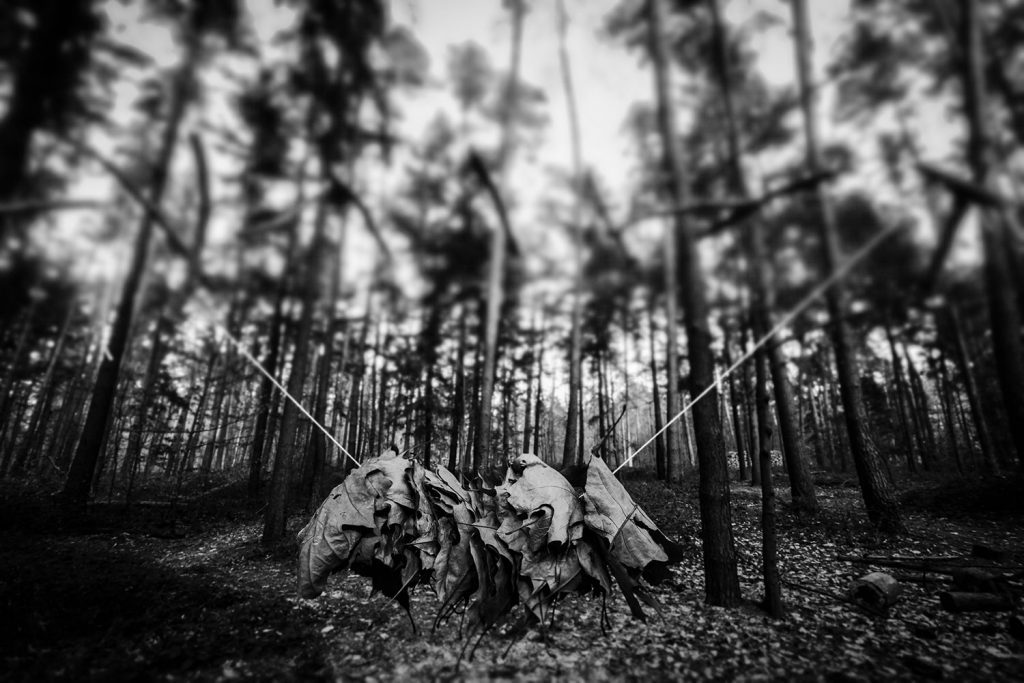
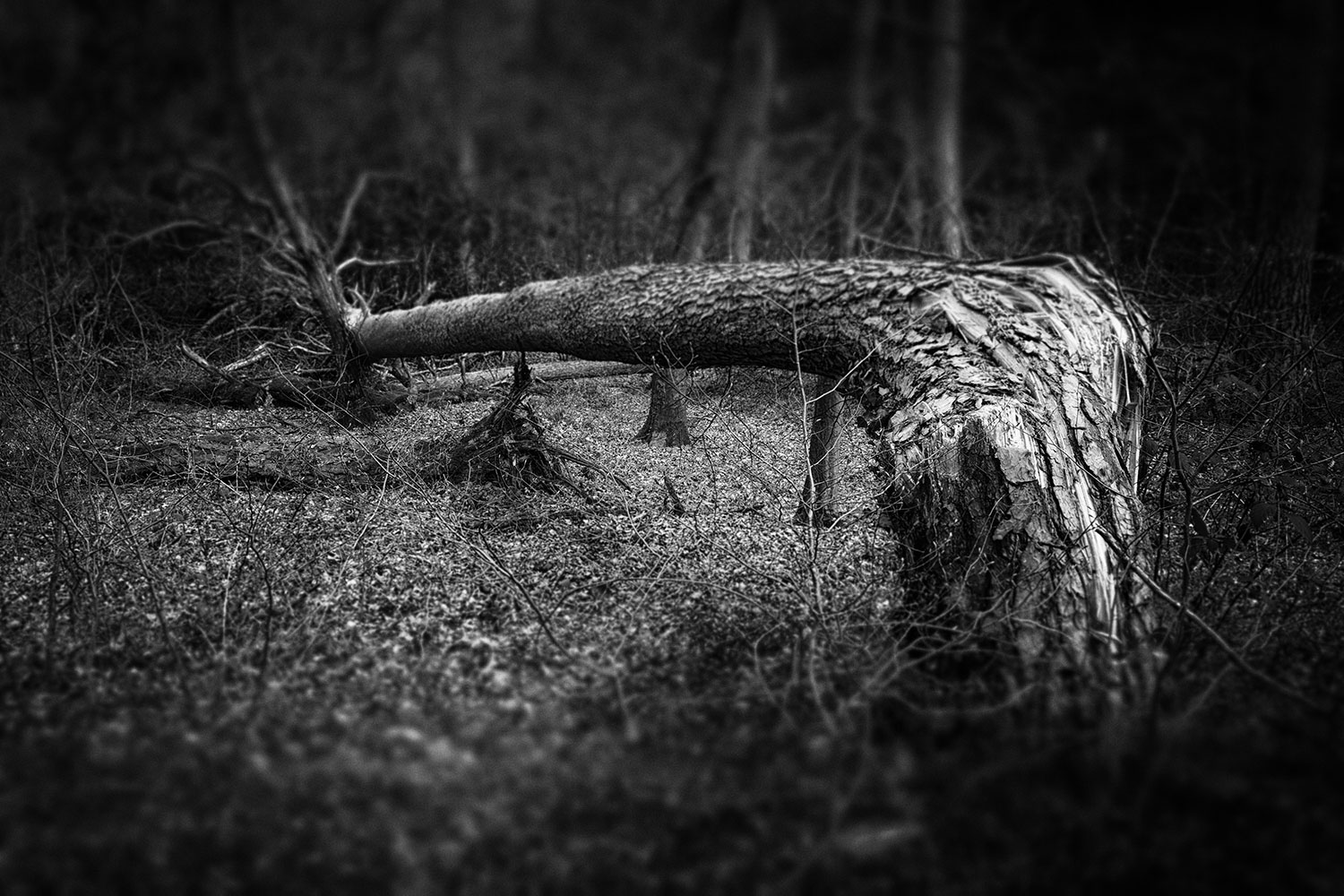
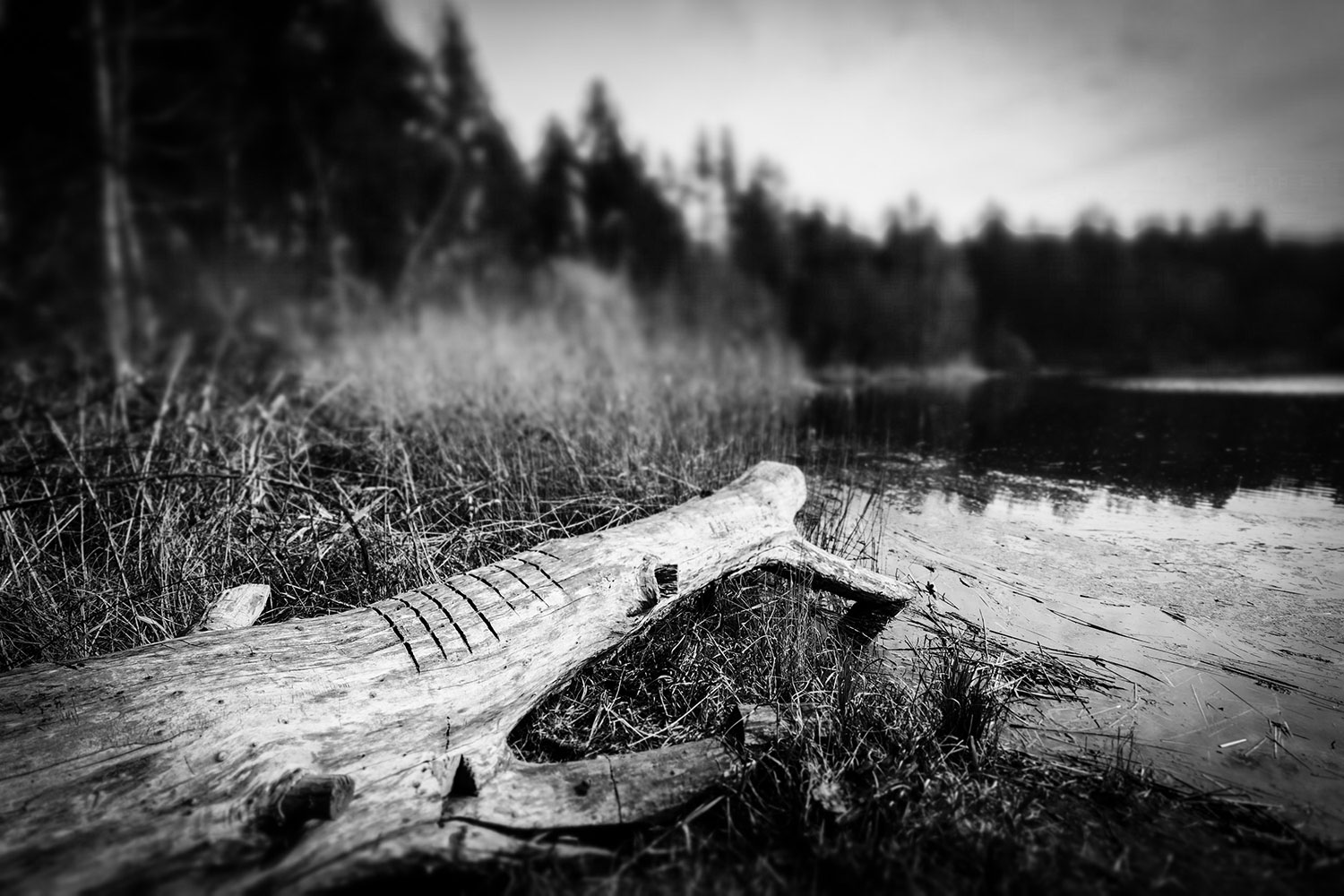
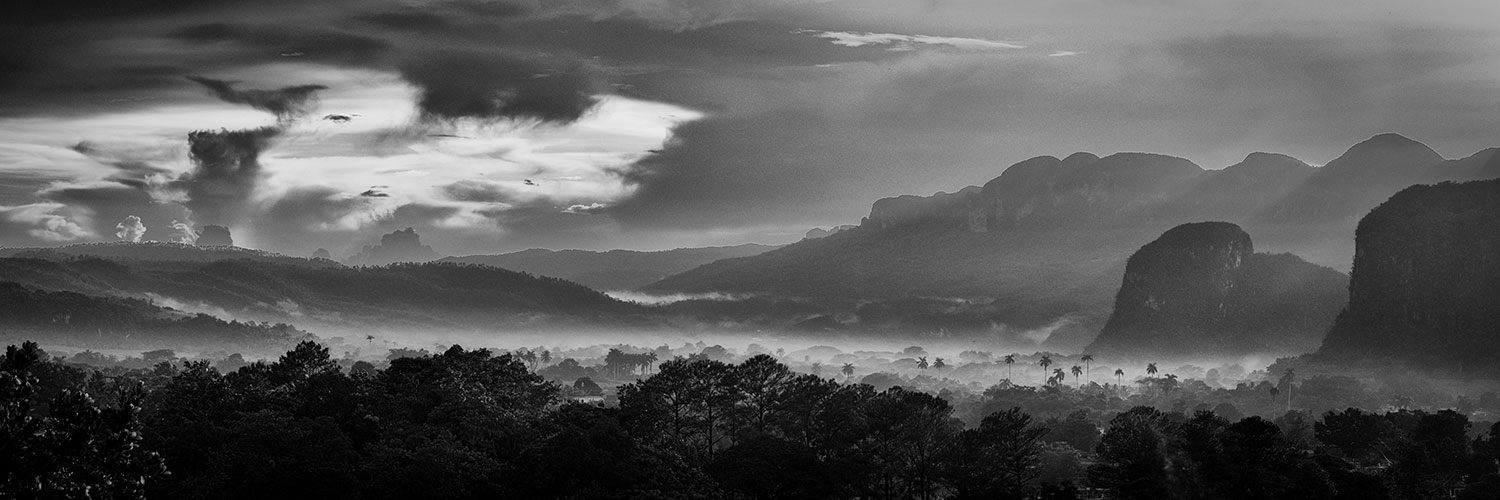

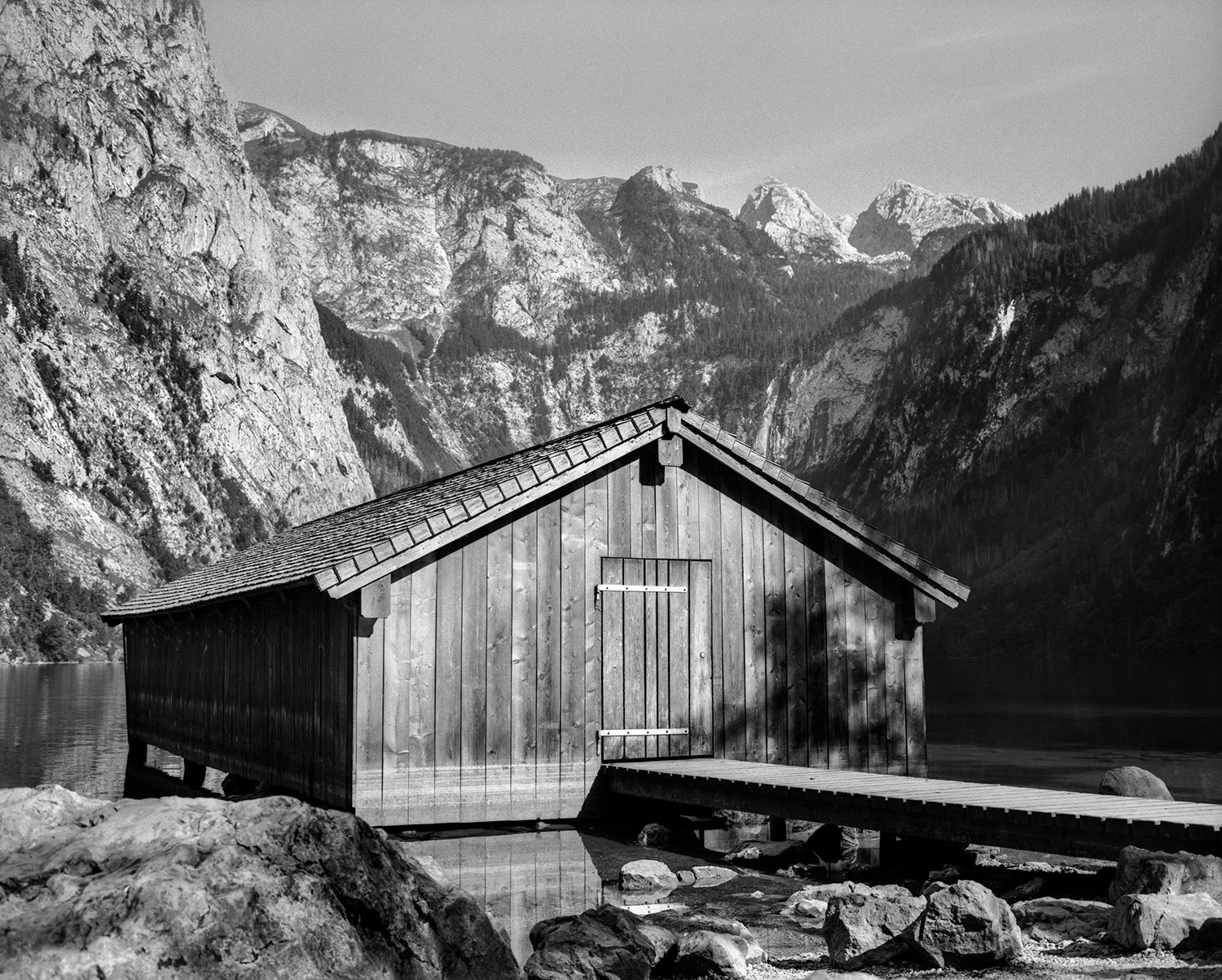
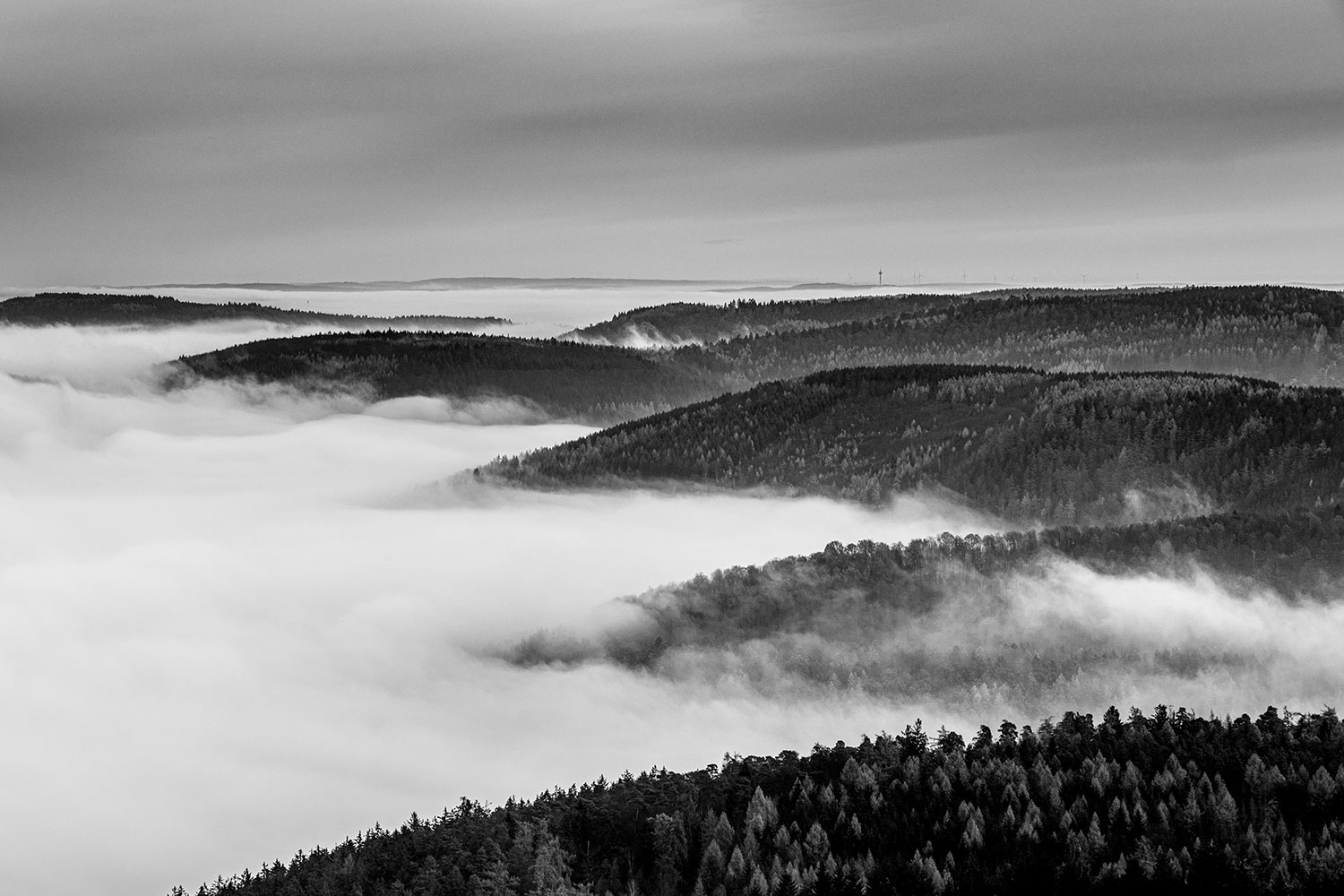
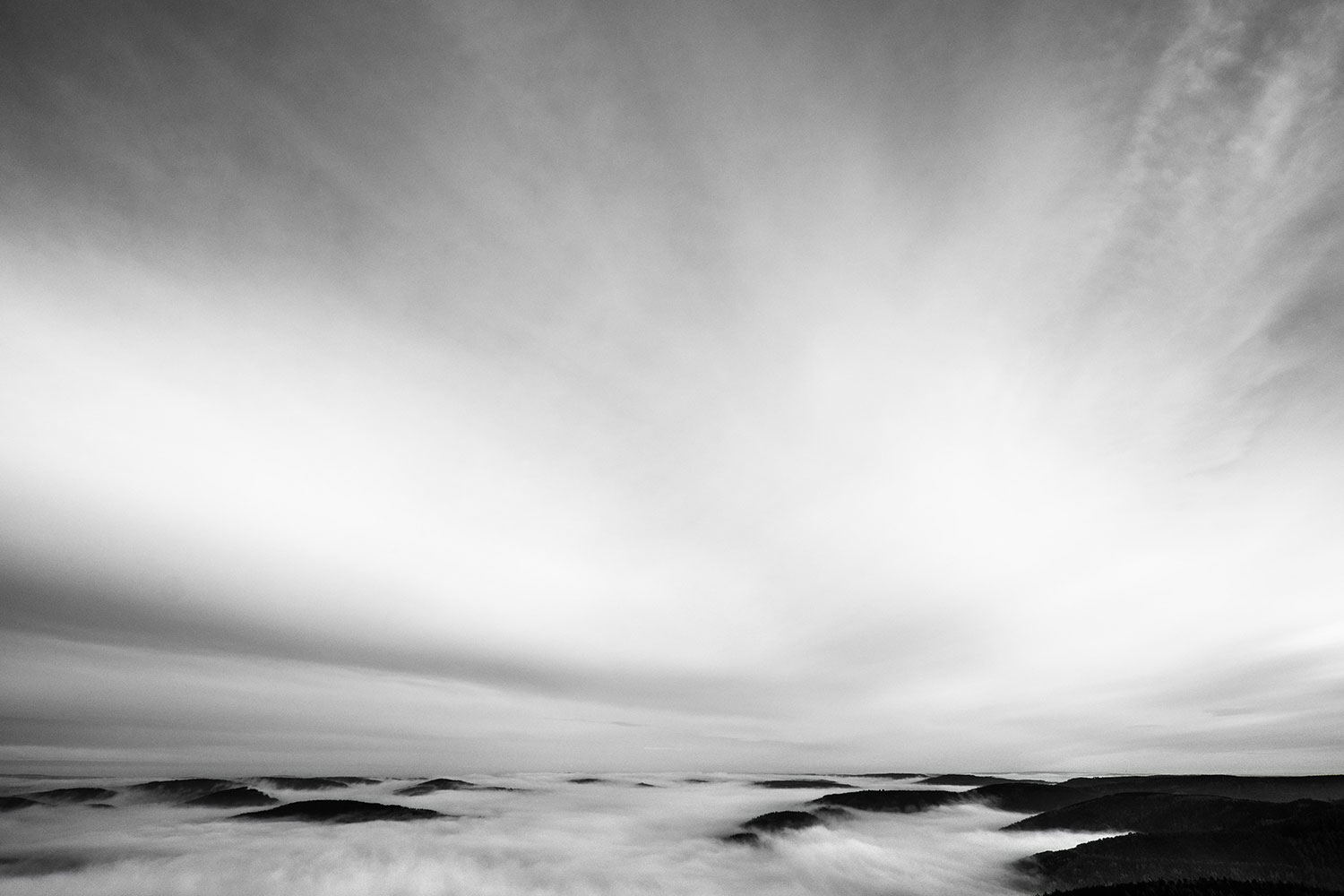



Steve Shreve
June 18, 2021 @ 10:26 pm
What a journey. Thanks for sharing your story and fantastic photos. Cheers!
Miklos
July 5, 2021 @ 11:29 am
Thank you for looking and the kind words!
Ken
June 19, 2021 @ 6:33 pm
Thank you, I really enjoyed this honest and passionate piece. What really gives it resonance is your work is also special. I will have to look into whether you have published your work.
Miklos
July 5, 2021 @ 11:30 am
Thanks Ken! Appreciate your encouragement.
Boleslav
July 5, 2021 @ 11:10 am
Hi Miklos.
I am considering the Nikon-Fuji transition, I have Nikkor D and AiS lenses (24,105,200,80-200 Ai-S) and I would like to use them for the Fuji system.
What to use reduction. What are the limitations of using reduction
Miklos
July 5, 2021 @ 11:37 am
Hi Boleslav, honestly, I tried to use old full-frame lenses on Fuji cameras, but always came to the conclusion that on Fuji X the Fujinons are the best. With that said, since my work was originally published in the magazine back in December of last year, I switched systems. It is that I want to focus more on film photography and had to figure out what is the best option to have a set of lenses that are all compatible with film cameras and also I can use them on a digital body. Therefore, I do not have any more Fuji glass. If I had old Nikkors, I would stick to Nikon mirrorless to adopt those lenses. But that is only my preference, it does not mean that it is the only good way to go.
Miklos